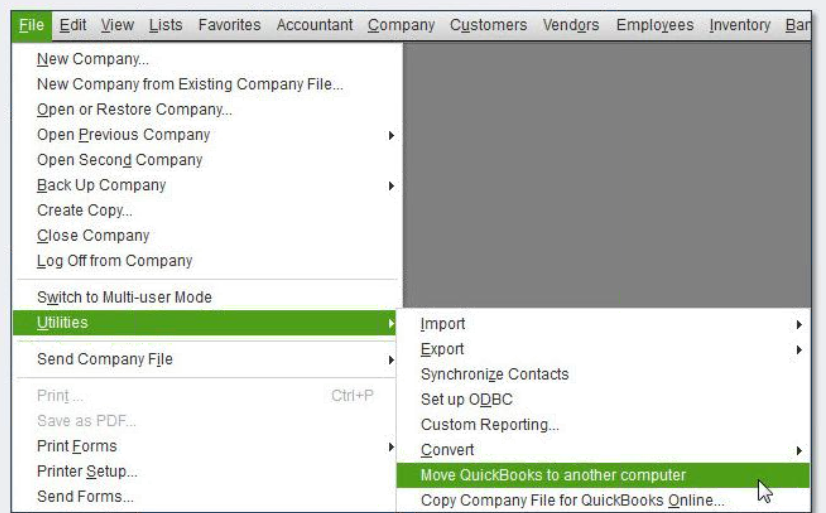by Zipbooks Admin
Tax Avoidance vs. Tax Evasion

There’s an issue I wanted to address before tax season arrives. There’s a big difference between tax evasion and knowing tax regulations well enough to avoid paying unnecessary taxes. People who don’t know where the line is often try to be safe by staying as far away from tax evasion as possible and end up paying too much. Or worse, they may accidentally cross the line without even realizing it and end up being audited and fined. Let’s go over the difference between illegally evading taxes and legally avoiding taxes.
Tax evasion (illegal)
Simply put, the term tax evasion means not paying the taxes that you owe, whether on purpose or accidental. If you present false information to the IRS when paying your taxes, you could be audited and charged the money you owe. Intentionally foregoing the payment of your taxes will most likely result in hefty punishment, ranging anywhere from fines to jail time depending on intent. So here’s how you can legally pay the lowest amount of taxes possible without having to deal with evasion.
Things to remember to avoid tax evasion
- Declare your independent contractor’s income
- Don’t inflate business expenses
- Report income earned in other countries
- Don’t declare personal expenses as business expenses
Tax avoidance (legal)
My CPA keeps an eye out for opportunities to arrange my business so that I legally pay the lowest amount of taxes possible. This is also called tax avoidance. At first the term may be a little off-putting and questionable, but it’s entirely legal. I have come to the conclusion that every tax law that benefits my business was written exactly for that purpose.
The government has an incentive to help small businesses thrive because these businesses employ the majority of today’s workforce. When you avoid taxes legally, it means you have more money to reinvest in your business and greater participation in the consumer economy. It’s a win-win situation for everyone.
You probably wouldn’t be surprised to learn that there is a whole industry built on tax avoidance and in some cases, the uninitiated can save enough in taxes to have the advice pay for itself. I love seeing tax avoidance strategies put into place every day at ZipBooks as part of our paid professional service that we offer.
Reducing your tax bill
There are lots of ways to avoid taxes and some are better than others. If your business makes less money this year than it did last year, you are technically avoiding paying higher taxes, but that’s probably not the best solution to the problem. There are much simpler, more positive ways to avoid taxes. I put positive tax avoidance in three buckets: deductions, capitalization and credits.
Take all the deductions you legally can
Tax deductions help you avoid taxes by lowering the amount of income that is subject to tax. Every dollar of deduction is going to save you proportional to your tax rate. The exact amount you save depends on the tax bracket that you are in and how the income is treated by the IRS.
A pretty common scenario is having an LLC and being taxed as a sole proprietor. If you are in the 25% personal income tax bracket for 2016, you are going to save a quarter for every dollar that you can deduct from your taxable income. All that spare change can really start to add up.
If you deduct enough income in this scenario, you can even get to a point where you drop into a lower tax bracket. For a household of married joint filers, the line between 15% and 25% is $75,300. If that household takes the standard deduction of $12,600 (that’s an estimate for 2016 since the numbers haven’t been published yet), none of their income ends up getting taxed at 25%.
Here’s a list of the kinds of business deductions you should be taking for the 2016 taxable year:
- Business vehicle mileage
- Business use of a car or truck
- Costs of goods sold (COGS)
- Employees’ pay
- Rent expense
- Retirement plans
- Interest
- Insurance
- Taxes
- Commissions
- Supplies
- Contract labor
- Advertising
- Business travel
- Legal and professional fees
- Meals and entertainment
If you’re interested, you can read more about reducing your business income directly from the IRS website.
One last note on deductions: there are limits. It can start to get complicated, but just know that you need to research the limits on deductions because they vary depending on the kind of expense you’re dealing with.
Capitalize your assets and qualified expenses
Capitalizing, in the business sense, means recovering some of the cost of an asset or qualifying expense through depreciation, amortization or depletion. In other words, deductions let you reduce your tax bill in one year whereas capitalization lets you recover certain costs over multiple years.
You can capitalize any business asset. Here’s a list of the kinds of assets a small business might have:
- Land
- Patents
- Vehicles
- Machinery
- Furniture
- Buildings
- Franchise rights
- Business use of your home
There are also certain business expenses that you can’t deduct, but you can capitalize, like the cost to fix a company vehicle. I’ve pulled this list directly from the IRS, though I’ll admit that some of these examples of expense capitalization are pretty niche.
Capital expenses:
- Business tools with a life expectancy of more than 1 year
- Machine parts that add to its life
- Vehicle repair
- Heating equipment
- Property improvements
If your eyes haven’t completely glazed over by now, you’re on your way to some serious tax savings with this last gem.
Tax credits are worth their weight in gold
Tax deductions are good, tax credits are even better. Instead of just reducing your taxable income, a tax credit represents a dollar-for-dollar reduction in your tax bill.
New tax credits in 2016
- Payroll tax credit election for research expenditures for qualified small businesses
- Health Coverage Tax Credit





